International
What could happen if Putin used nuclear weapons in Ukraine?
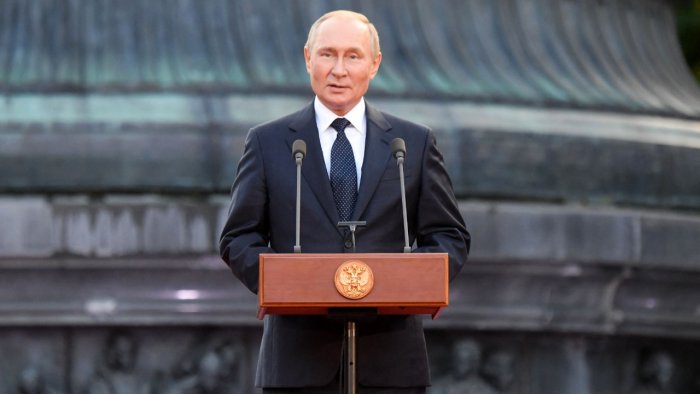
AFP | by Sylvie LANTEAUME and Paul HANDLEY
President Vladimir Putin’s threat to use a nuclear weapon in Ukraine if Russian “territorial integrity” is threatened has sparked deep discussion in the West as to how it would respond.
“Those who are trying to blackmail us with nuclear weapons should know that the wind can also turn in their direction,” Putin said, adding: “This is not a bluff.”
However analysts aren’t convinced the Russian president is willing to be the first to unleash nuclear weapons since the US bombed Japan in 1945.
AFP spoke with several experts and officials about the possible scenarios that could arise should Russia carry out a nuclear attack.
What would a Russian nuclear attack look like?
Analysts say Moscow would likely deploy one or more “tactical” or battlefield nuclear bombs.
These are small weapons, ranging from 0.3 kilotons to 100 kilotons of explosive power, compared to the 1.2 megatons of the largest US strategic warhead or the 58 megaton bomb Russia tested in 1961.
Tactical bombs are designed to have a limited impact on the battlefield, compared to strategic nuclear weapons which are designed to fight and win all-out wars.
But “small” and “limited” are relative: The atom bomb the US dropped on Hiroshima in 1945 to devastating effect was just 15 kilotons.
What would Moscow target?
Analysts say Russia’s goal in using a tactical nuclear bomb in Ukraine would be to frighten it into surrender or submission to negotiations, and to divide the country’s Western backers.
Mark Cancian, a military expert with the CSIS International Security Program in Washington, said Russia would not likely use nuclear weapons on the front lines.
Capturing 20 miles (32 kilometers) of territory could require 20 small nuclear bombs — small gains for the huge risks of introducing nuclear weapons and nuclear fallout.
“Just using one will not be enough,” Cancian said.
Moscow could instead send a strong message and avoid significant casualties by detonating a nuclear bomb over water, or exploding one high over Ukraine to generate an electromagnetic pulse that would knock out electronic equipment.
Or Putin could opt for greater destruction and death: attacking a Ukraine military base, or hitting an urban center like Kyiv, generating mass casualties and possibly killing the country’s political leadership.
Such scenarios “would likely be designed to split the NATO alliance and global consensus against Putin,” Jon Wolfsthal, a former white House nuclear policy expert, wrote Friday on Substack.
But “it is unclear if it would succeed, and could just as easily be seen as desperation as resolve,” he said.
Should the West respond with nukes?
The West has remained ambiguous on how it would respond to a tactical nuclear strike, and the choices are complicated.
The United States and NATO do not want to appear weak in front of an implicit nuclear threat.
But they also would want to avoid the possibility that the war in Ukraine — not a NATO member — could escalate into a much broader, devastating global nuclear war.
Experts say the West would have no option but to respond, and that a response should come from NATO as a group, rather than the United States alone.
Any response should “ensure both that Putin’s military situation did not improve from such a strike, and that his political, economic and personal position suffered as a result,” said Wolfsthal.
The United States has positioned about 100 of its own tactical nuclear weapons in NATO countries and could respond in kind against Russian forces.
That would demonstrate resolve and remind Moscow of the danger of its actions, according to Matthew Kroenig of the Atlantic Council.
However, he said, “it might also provoke a Russian nuclear reprisal, raising the risk of a larger nuclear exchange and further humanitarian disaster.”
Another risk is that some NATO members might reject a nuclear response, serving Putin’s aims of weakening the alliance.
Give Ukraine the ability to attack Russia?
Answering a Russian nuclear attack in a more conventional military or diplomatic way, and supplying Ukraine with more lethal arms to attack Russia, could be more effective, experts say.
“Russian nuclear use might provide an opening to convince countries that have so far been reluctant — such as India and possibly even China — to participate in escalating sanctions,” said Kroenig.
In addition, the United States could offer Ukraine NATO aircraft, Patriot and THAAD anti-missile batteries, and ATACMS long-range missiles that could be used by Ukraine forces to strike deep inside Russia.
“Whatever restrictions we have on Ukraine forces — and I think we have some restrictions — I think we take all of those off,” said Cancian.
International
Arsenal stun Real Madrid at the Bernabéu to reach Champions League semifinals

Arsenal enjoyed a “historic night” on Wednesday after defeating Real Madrid 2-1 at the Santiago Bernabéu, knocking them out of the Champions League quarterfinals, midfielder Declan Rice said.
“It’s such a special night for this club, a historic night for this club,” said Rice, who scored twice in the first leg in London, speaking to TNT Sports.
The English international was named Man of the Match in both legs — the 3-0 win in London and the second leg in Madrid.
“It’s amazing. I knew we were on an upward trajectory and we’ve done incredibly well in this competition. We deserve it and we have full confidence in our coach. Reaching the semifinals is unbelievable,” Rice added.
International
DeSantis’ immigration crackdown sparks alarm in Venezuelan Communities in Doral
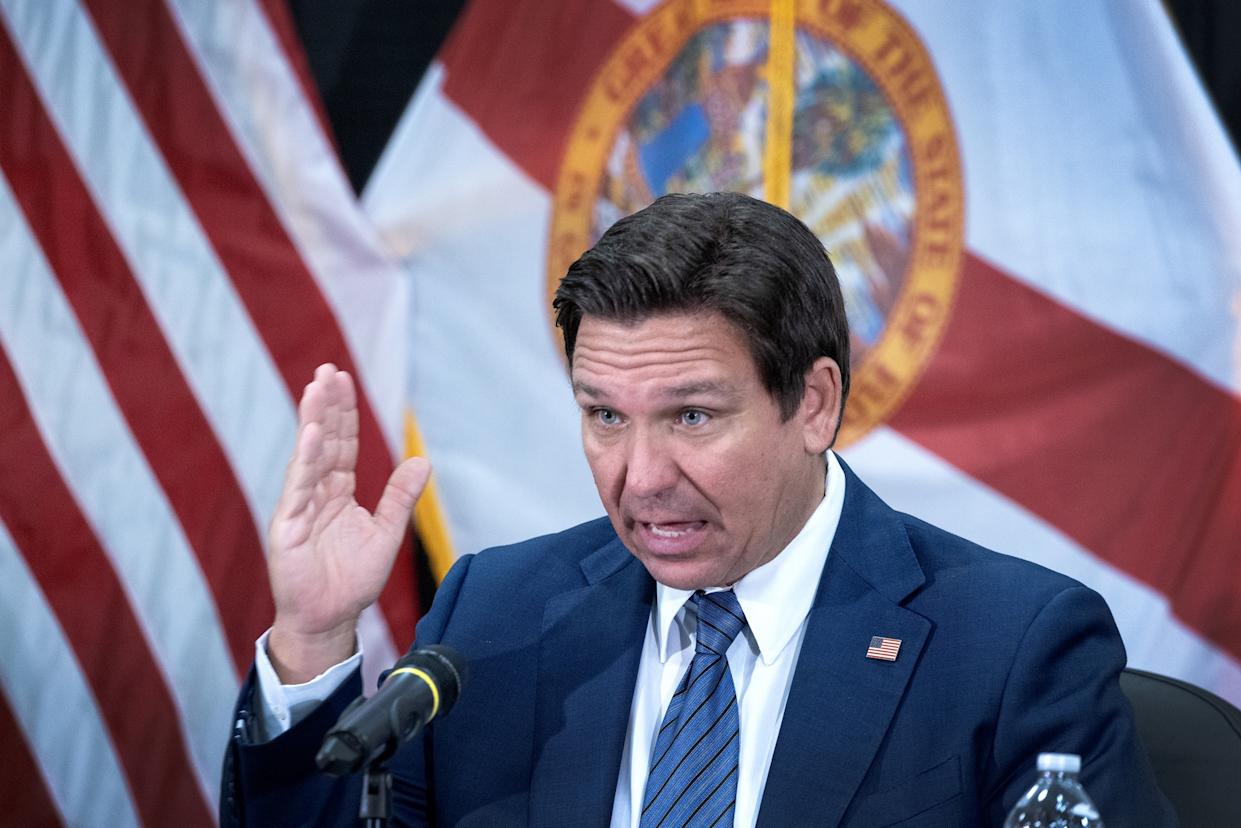
Florida, the U.S. state with the third-largest immigrant population, has become the most aggressive in targeting undocumented immigrants, largely due to pressure from Governor Ron DeSantis. This shift has led Latino-majority cities like Orlando and Doral to authorize their police forces to assist in immigration enforcement.
In Doral — part of the greater Miami area where 70.7% of residents are immigrants and 48% are of Venezuelan origin — the City Council is expected to approve a measure this Wednesday allowing local police to collaborate with Immigration and Customs Enforcement (ICE), despite opposition from neighborhood groups and human rights activists.
“It’s yet another betrayal,” said Susana Ríos, a 57-year-old Venezuelan woman currently under Temporary Protected Status (TPS), whose extension was denied by the White House and is now being challenged in court.
Meanwhile, José González, a 21-year-old immigrant, said he feels “abandoned.” He can’t stop thinking about the images of Venezuelans deported to El Salvador without due process. “We’re all in danger,” he warned.
International
Bogotá residents line up for yellow fever vaccine amid national alert
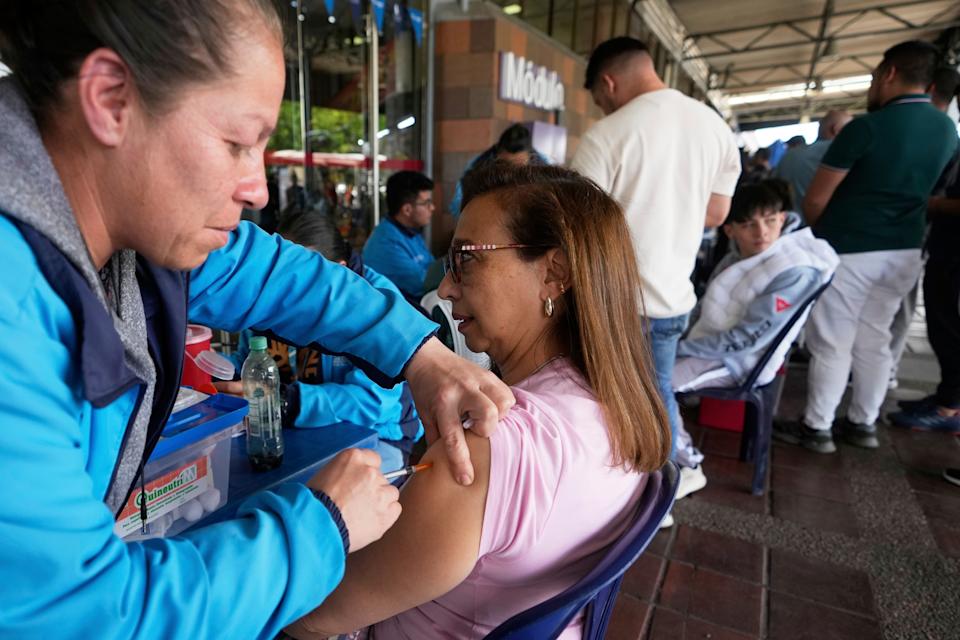
David Suárez went to a public health center in Bogotá on Wednesday to get vaccinated against yellow fever. It wasn’t originally in his plans, but he responded to a call made just hours earlier by President Gustavo Petro, who announced he will declare a health and economic emergency due to a new outbreak of the disease that has already left more than 30 people dead, mostly in the central-western region of the country.
“I got vaccinated for two reasons: first, for my own health because I’m traveling, and second, for a social reason — simply to follow the president’s guidance and be aware that this is a problem for all of us,” said Suárez, a 39-year-old teacher, to The Associated Press.
Like Suárez, dozens of people were waiting in line for the vaccine at Bogotá’s main intercity bus terminal, a key transportation hub especially crowded during travel seasons like Holy Week.
The teacher is traveling with his family to the department of Huila, which has activated a contingency plan due to its proximity to Tolima — the epicenter of the yellow fever outbreak — where a state of public calamity has been declared.
-
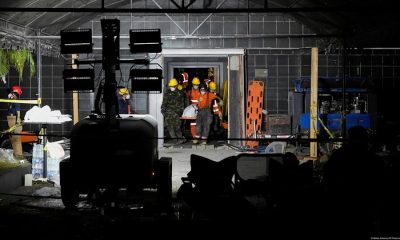
 International4 days ago
International4 days agoNightclub Collapse in Dominican Republic Claims 226 Lives
-
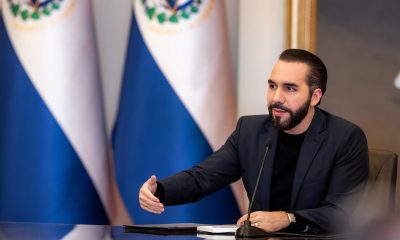
 Central America5 days ago
Central America5 days agoSpanish Ex-Congresswoman Calls for ‘Bukele-Style’ Security Policies in Europe
-
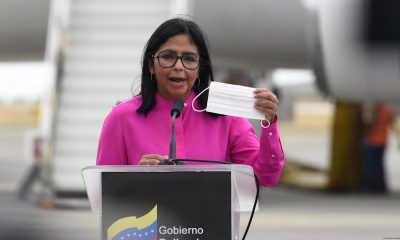
 International4 days ago
International4 days agoVenezuela accuses Guyana of “warlike intentions” after UK defense deal
-
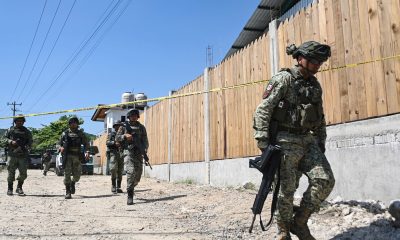
 International5 days ago
International5 days agoTrump Authorizes Military to Take Control of Federal Land Along U.S.-Mexico Border
-
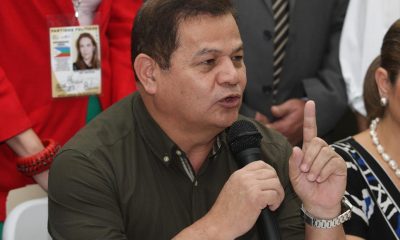
 Central America2 days ago
Central America2 days agoHonduran Police Offer $135K for Tips Leading to the Arrest of Romeo Vásquez
-
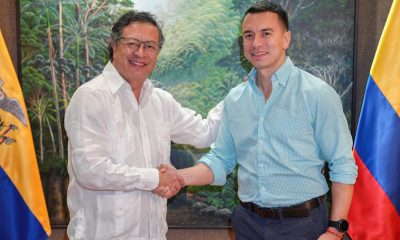
 Central America1 day ago
Central America1 day agoPetro questions Ecuador’s vote, cites reports of military control and arrests
-

 International2 days ago
International2 days agoMPV Denounces Electoral Blockade as Secretary-General is Disqualified for May Elections
-
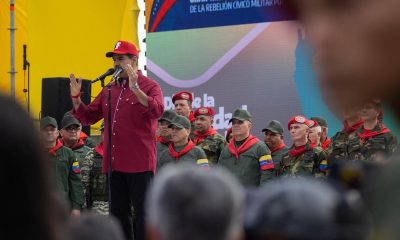
 International2 days ago
International2 days agoMaduro Plans Major Workers’ March on May 1st to Defend Venezuela’s Freedom
-

 International6 hours ago
International6 hours agoArsenal stun Real Madrid at the Bernabéu to reach Champions League semifinals
-

 International1 day ago
International1 day agoColombia: Search continues for missing limb of italian scientist found dismembered
-
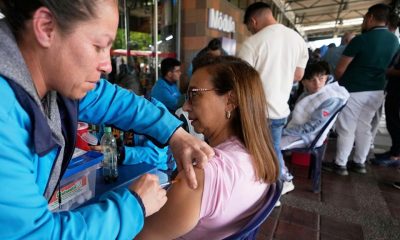
 International7 hours ago
International7 hours agoBogotá residents line up for yellow fever vaccine amid national alert
-
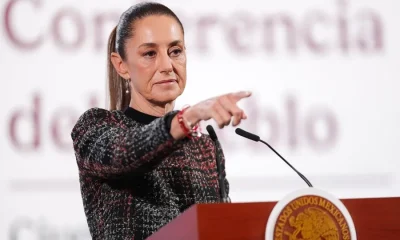
 International7 hours ago
International7 hours agoMexico refuses to restore ties with Ecuador while Noboa remains in office
-
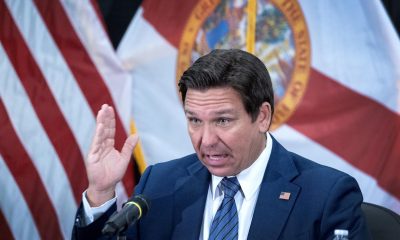
 International6 hours ago
International6 hours agoDeSantis’ immigration crackdown sparks alarm in Venezuelan Communities in Doral















